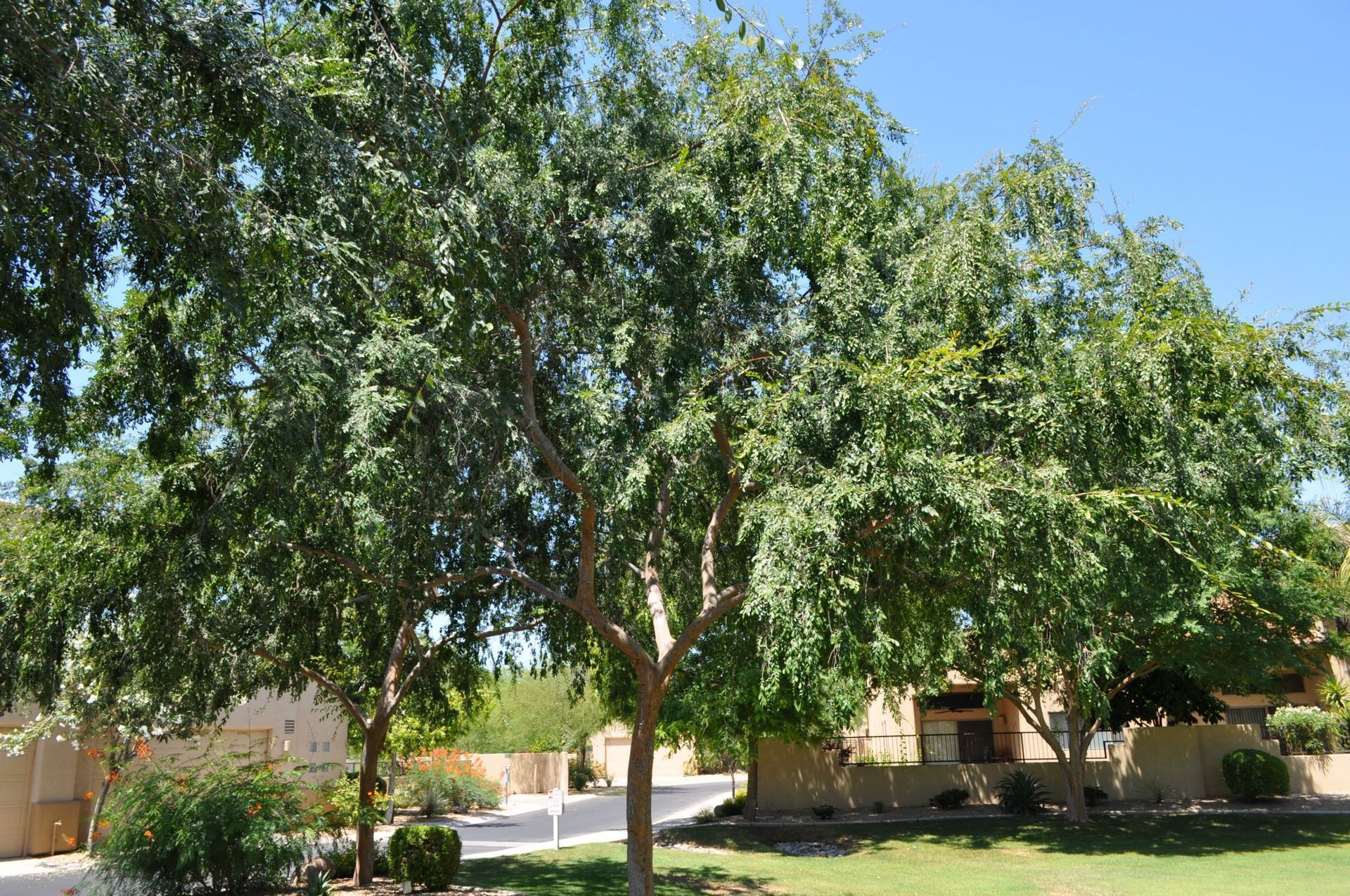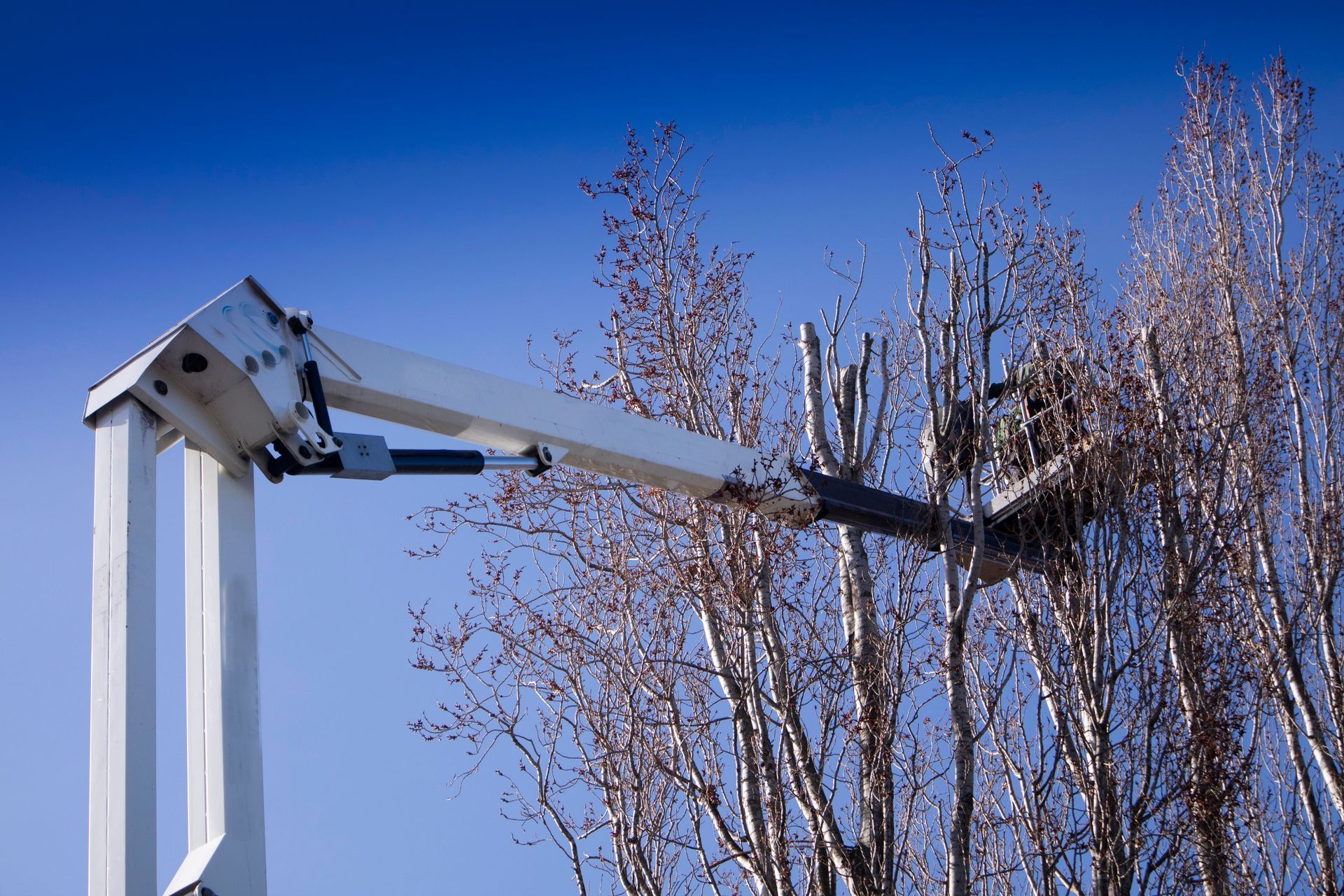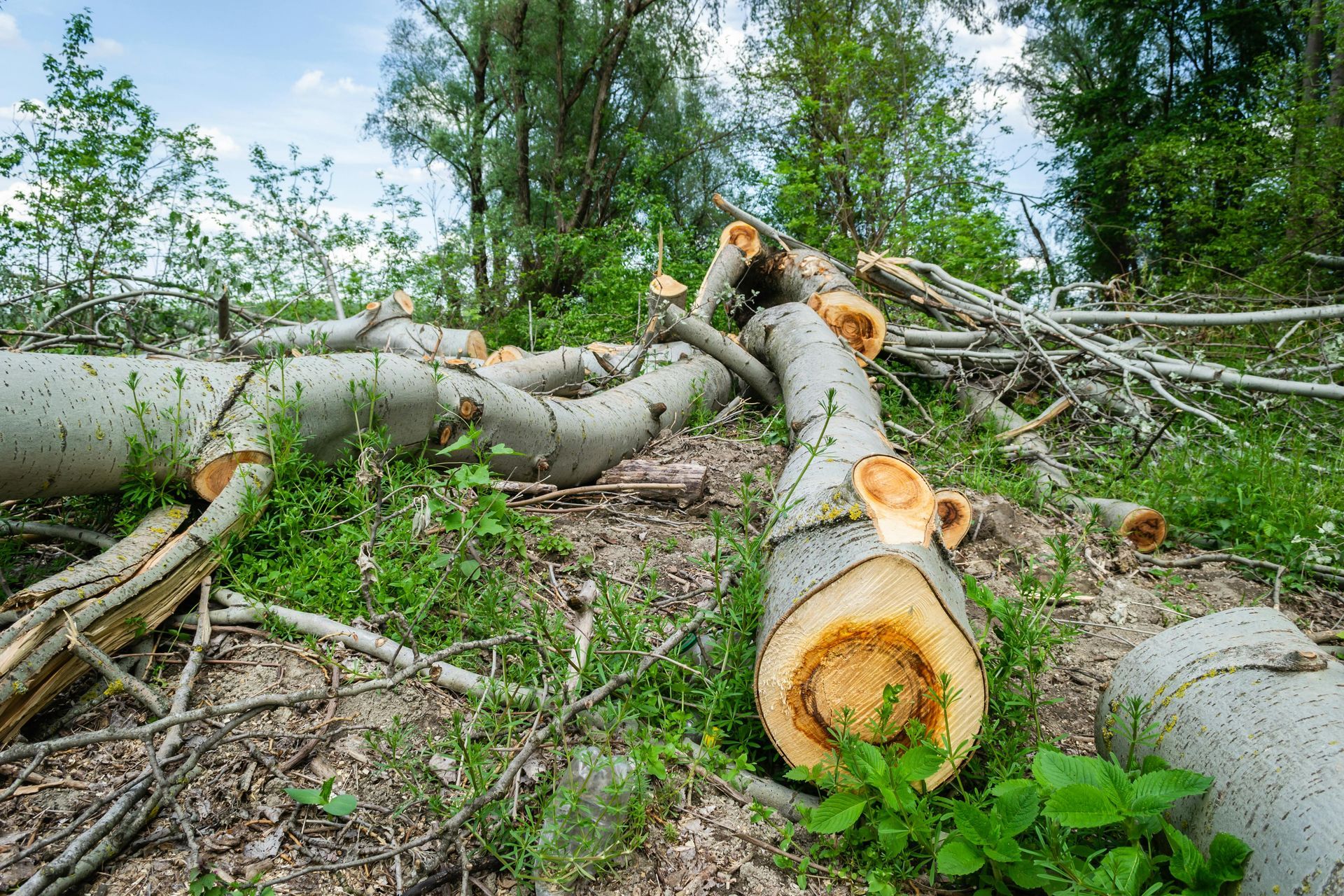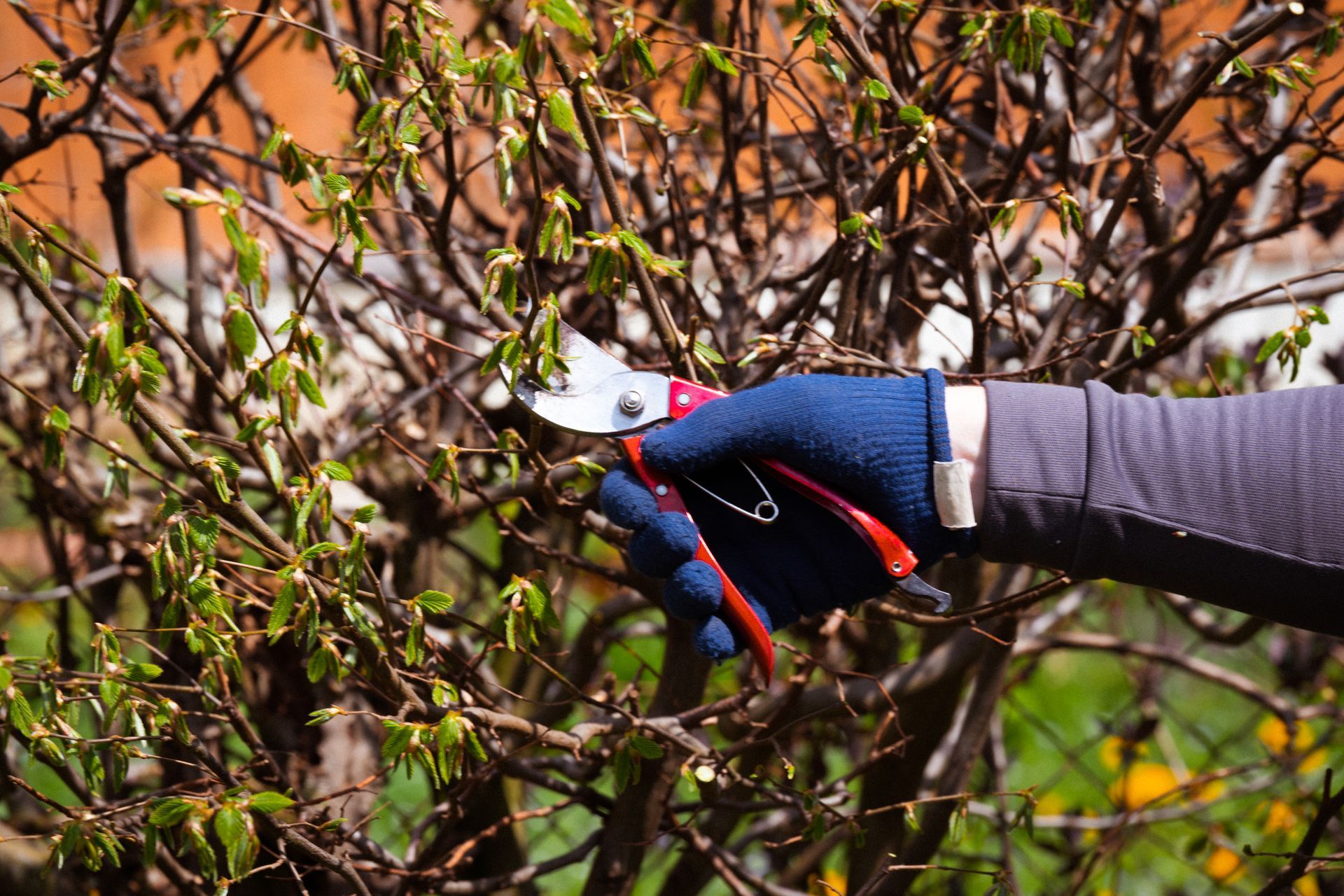Trees By Mike Arizona
Fertilizing 101: The Dos and Don'ts of Proper Tree Nutrition for a Beautiful Landscape
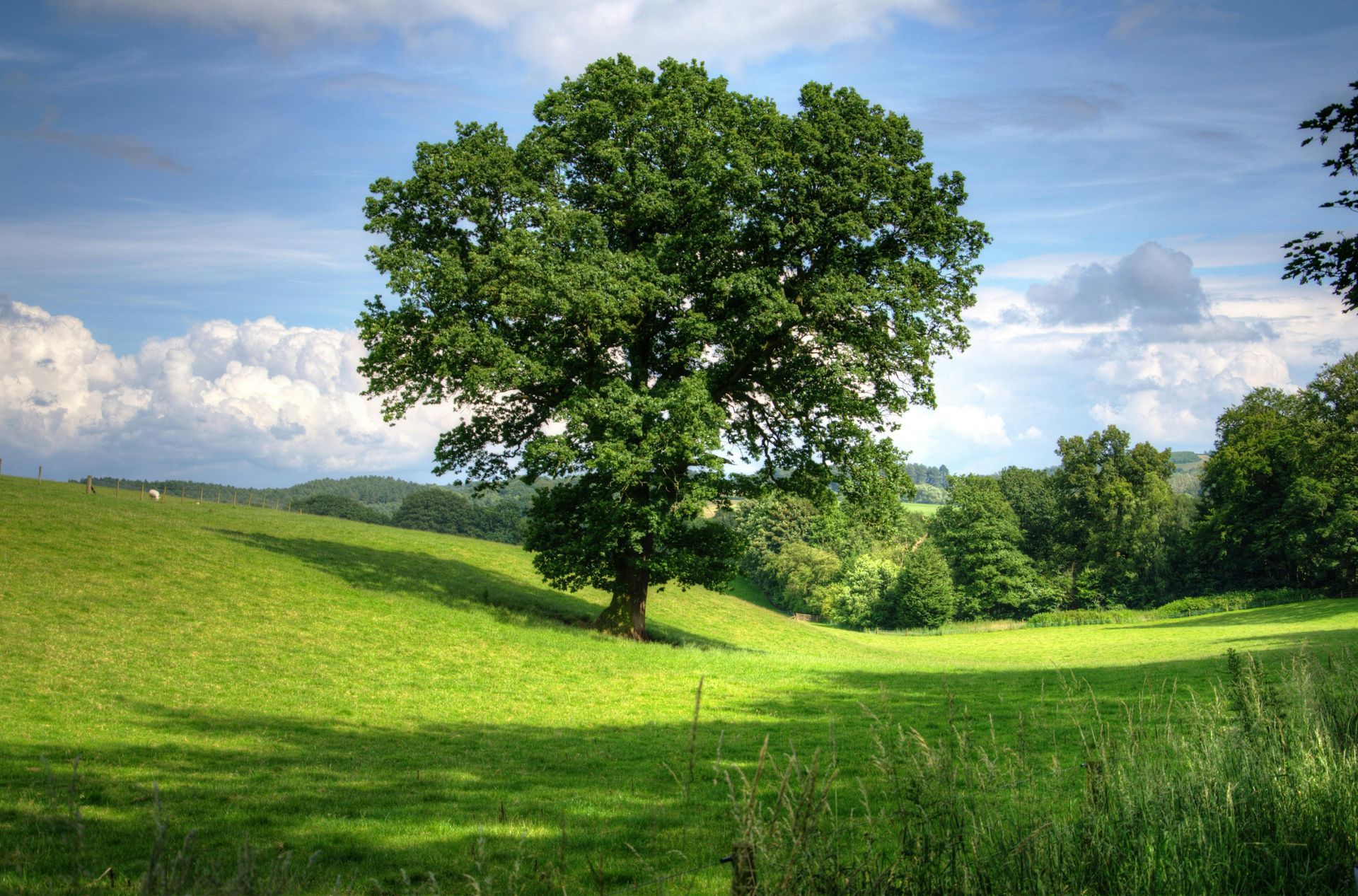
Slide title
Write your caption hereButton
Fertilizing is an essential aspect of tree care that often gets overlooked. While fertilizers provide vital nutrients that trees need to thrive, improper use can do more harm than good. As the saying goes, too much of a good thing can be bad, and the same goes for fertilizing. That's why it's crucial to know the dos and don'ts of fertilizing to ensure that your trees stay healthy and your landscape stays beautiful. In this blog post, we will discuss the key points to keep in mind when fertilizing your trees.
Dos of Fertilizing:
1. Do Understand Your Trees' Nutritional Needs
Just like humans, each tree has its unique nutritional requirements. Factors such as the species, age, and health of the tree, soil conditions, and climate can affect its nutrient needs. So before you start fertilizing, it's essential to do some research and figure out what types of nutrients your trees need.
2. Do Test Your Soil
The best way to determine the type and amount of nutrients your soil needs is by getting a soil test. A soil test will give you a breakdown of your soil's pH level, which is crucial for nutrient uptake by trees. It will also tell you the levels of other essential nutrients such as nitrogen, phosphorus, and potassium. With this information, you can determine the right type and amount of fertilizer to use.
3. Do Use Organic Fertilizers
While synthetic fertilizers provide quick results, they can have adverse effects on the environment and the long-term health of your trees. Organic fertilizers, on the other hand, release nutrients slowly, resulting in healthier trees and better soil quality. They also improve soil structure and promote beneficial microorganisms, which help trees absorb essential nutrients.
4. Do Follow the Recommended Dosage
Too much fertilizer can burn tree roots and negatively impact their growth and health. Always read and follow the recommended dosage on the fertilizer label. It's also essential to use the right tools and techniques to ensure that the fertilizer is evenly distributed around the tree's root zone.
5. Do Fertilize at the Right Time
Fertilizing at the right time is crucial for trees' effective uptake of nutrients. Fertilizing too early or late in the season can do more harm than good. A general rule of thumb is to fertilize trees during their active growth period, which varies depending on the species and climate. Fertilizing at the right time ensures that your trees get the nutrients they need to withstand harsh weather conditions.
Don'ts of Fertilizing:
1. Don't Over-Fertilize
Over-fertilizing can lead to nutrient toxicity, which can harm tree roots and cause leaf burn. It can also create an imbalance of nutrients in the soil, making it difficult for trees to take up essential nutrients. Always follow the recommended dosage and avoid "topping up" old fertilizer with new ones, as this can lead to nutrient buildup.
2. Don't Fertilize Newly Planted Trees
Newly planted trees need time to establish their root systems before they can benefit from fertilizers. It's best to wait at least one year after planting before starting a fertilization program. However, if the trees are showing signs of nutrient deficiency, it's best to consult a professional arborist before fertilizing.
3. Don't Fertilize Trees Near Drains or Waterways
When fertilizers are not used correctly, they can leach into drains, waterways, and other sensitive areas, causing harm to aquatic life. Avoid fertilizing trees near drains, ditches, and waterways, and use a slow-release and water-soluble fertilizer to minimize the risk of runoff.
4. Don't Apply Fertilizer to Dry Soil
Fertilizers work best when the soil is moist but not saturated. Applying fertilizer to dry soil can make it difficult for trees to take up nutrients, and most of it can end up leaching into the soil or running off during heavy rainfall. To ensure that your fertilizers are efficiently absorbed by trees, water the soil a day before applying fertilizer.
5. Don't Ignore Winter Fertilization
Many people assume that trees don't need fertilizer during the winter. However, fertilizing in late fall or winter can provide vital nutrients to your trees during the dormant season. It will also give them a head start in the spring, resulting in healthier and more robust growth.
Revive Your Trees with Professional Fertilizing Services in Phoenix, AZ: Contact Trees By Mike Arizona Today!
Maintaining healthy trees requires proper fertilization, and with the knowledge of the dos and don'ts, you can ensure your trees get the nutrition they need without causing harm. Trust the experts at Trees By Mike Arizona for all your fertilizing and tree care needs. Contact us today for a free consultation and quote and let us help you keep your landscape beautiful and thriving.
Don't let your trees suffer from nutrient deficiency or over-fertilization. Let us handle the job with our
professional fertilizing services in Phoenix, AZ, and the surrounding areas. Remember, proper fertilization leads to healthy, strong trees that enrich your landscape. So don't wait, contact us at
(602) 579-8733 and let Trees By Mike Arizona take care of your trees for you. We also offer the following services:
tree trimming,
tree removal,
tree care,
tree pruning, and
tree maintenance.
FAQs
Can I use grass fertilizer on my trees?
No, grass fertilizers are not suitable for trees as they contain high levels of nitrogen, which can harm their roots and cause leaf burn.
How often should I fertilize my trees?
This depends on various factors such as the tree species, soil conditions, and climate. Generally, trees should be fertilized once a year during their active growth period.
Can too much fertilizer kill my trees?
Yes, over-fertilizing can lead to nutrient toxicity, which can harm tree roots and cause leaf burn. Always follow the recommended dosage when fertilizing your trees.
Can I use fertilizer spikes instead of granular or liquid fertilizers?
Fertilizer spikes are not recommended as they may only reach a small area of the root system, leading to uneven nutrient distribution and potential root damage.
Is it necessary to remove old, dead leaves before fertilizing my trees?
Yes, it's essential to remove old, dead leaves and other debris from the base of the tree before fertilizing to prevent nutrient deficiency and promote healthy growth.

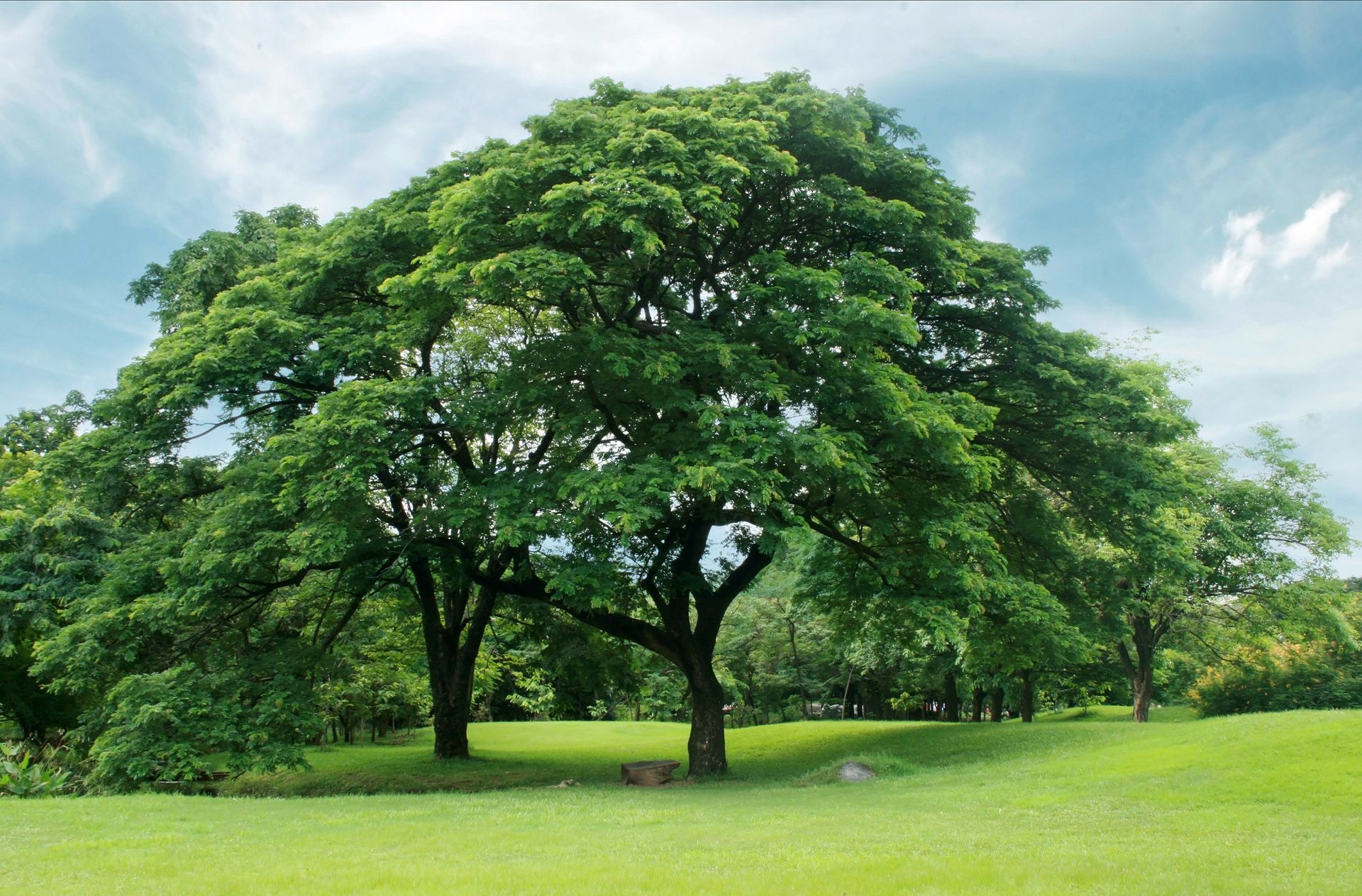
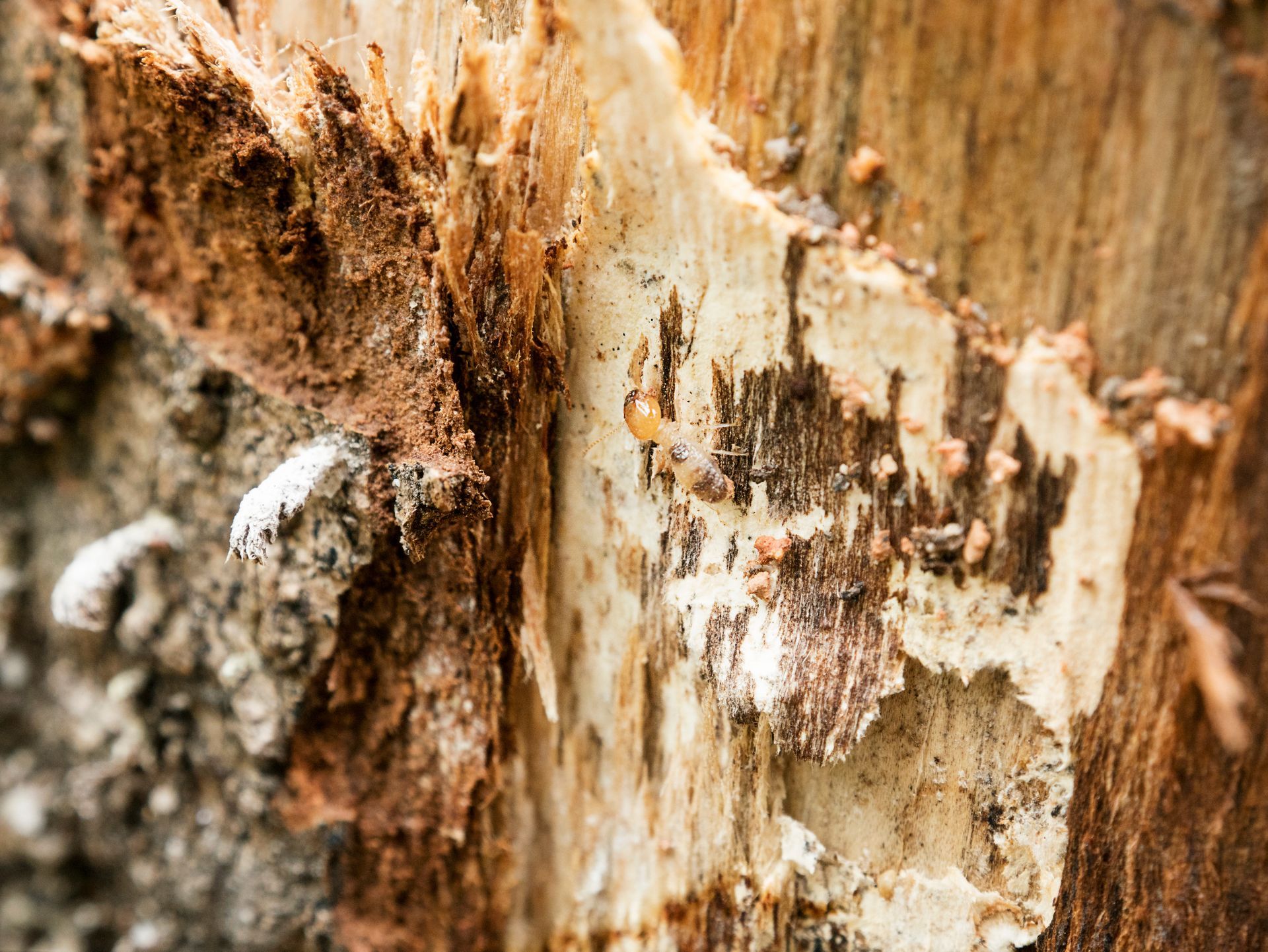

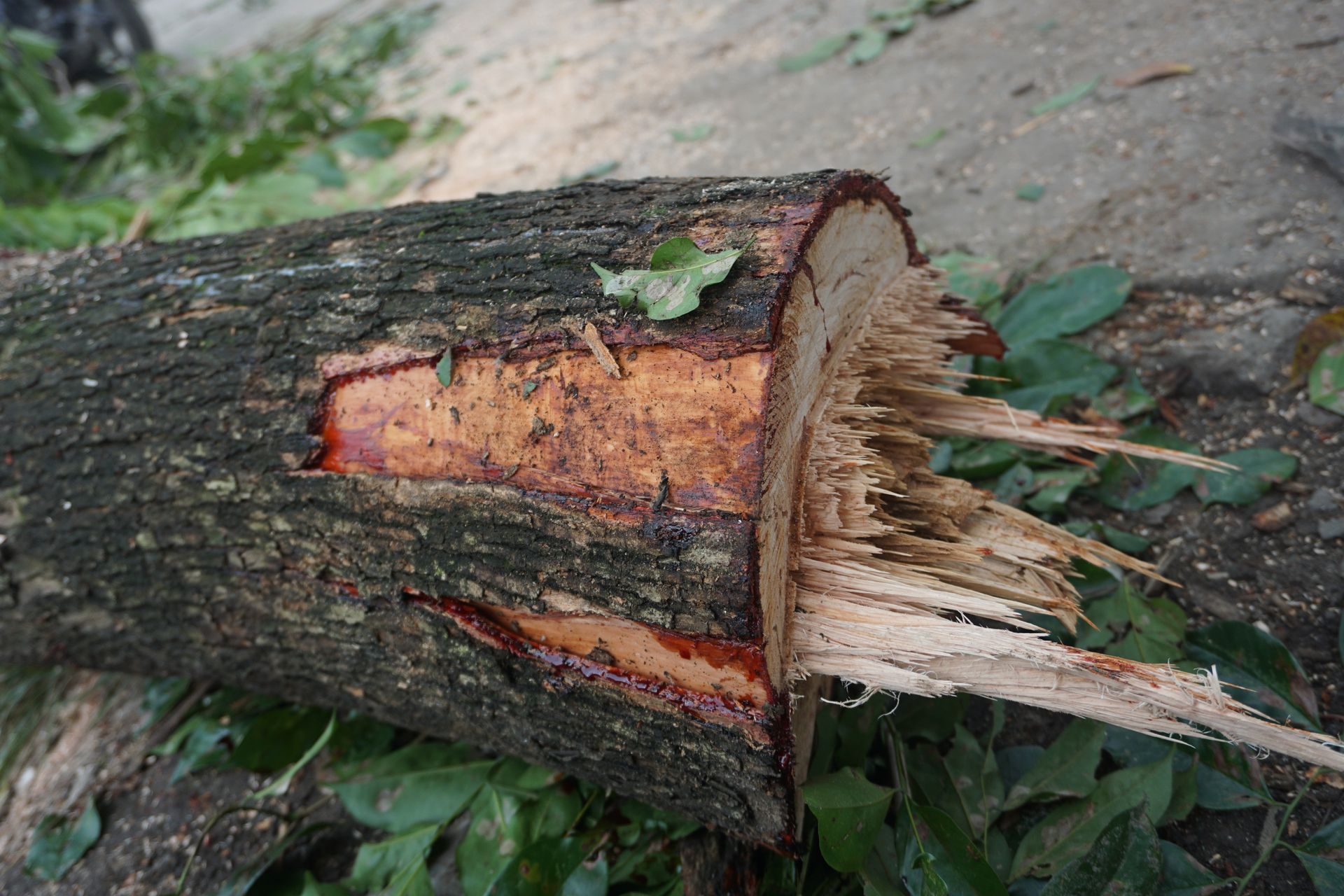
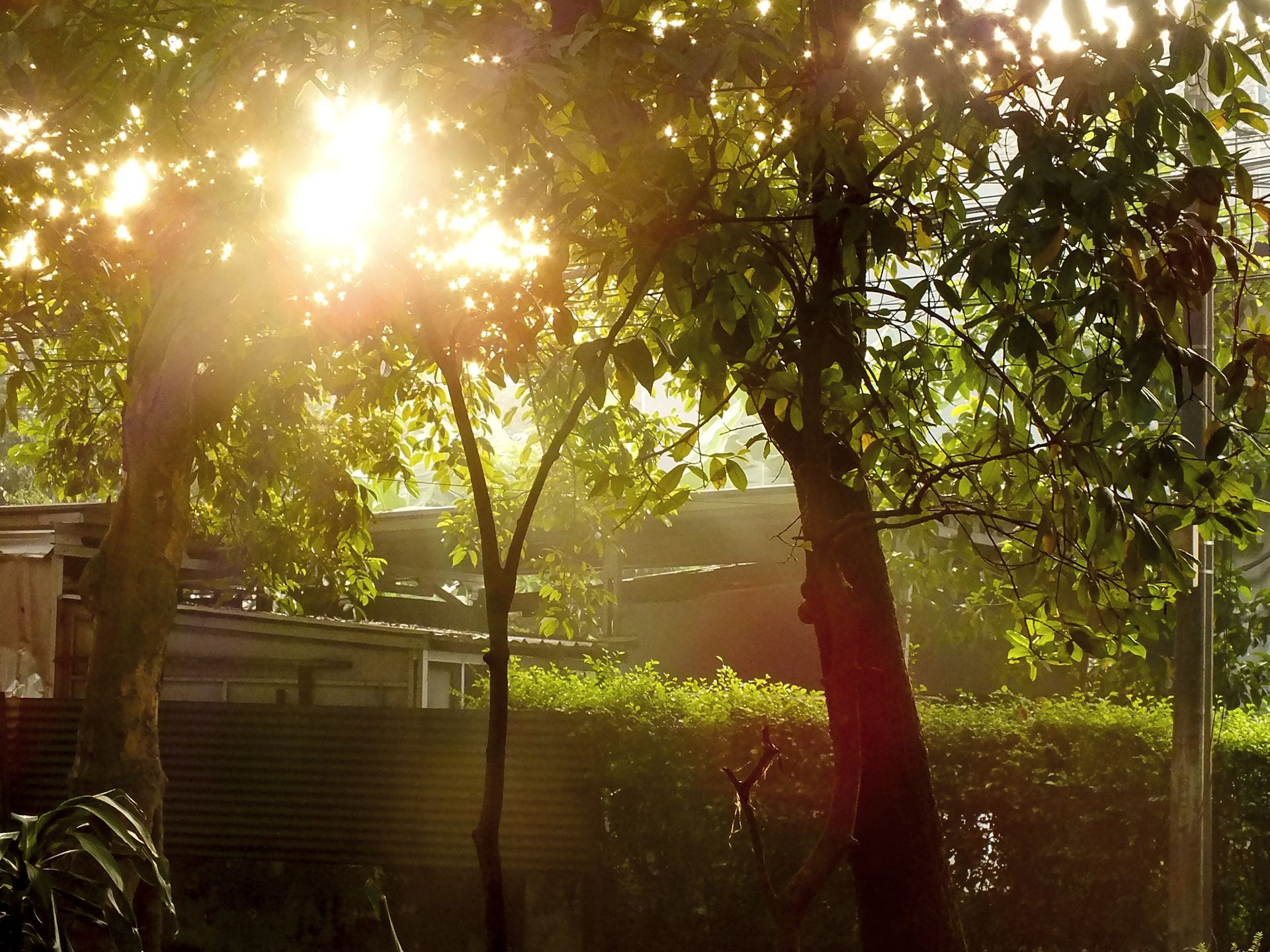
Copyright. Trees By Mike Arizona. All Rights Reserved.

